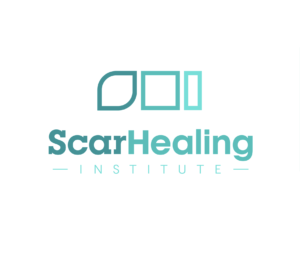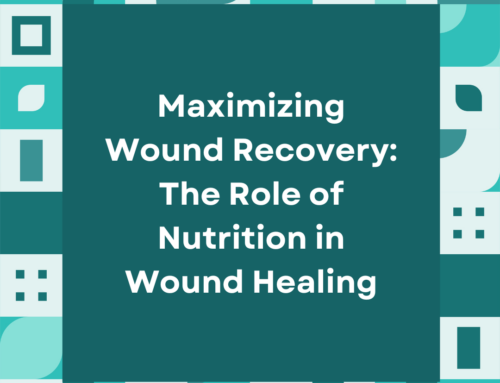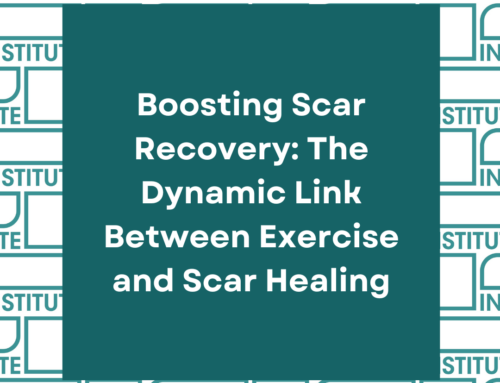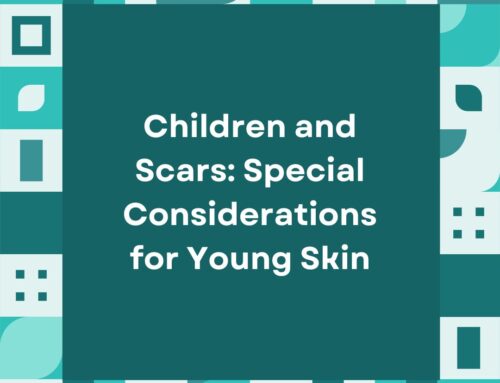The first procedure of the Trifecta Acne Treatment is subcision (also known as subcutaneous incisionless surgery), which is used to separate scar tissue in the epidermis and dermis from the underlying subcutaneous adipose fiber tissue, thus flattening existing skin depression.
It is regarded as a common and minor surgical procedure that breaks the fibrotic strands of the connective tissue that holds down the anchored epidermis, allowing for the elevation of the scar after the procedure. This procedure can be achieved with a very precise surgical device or needle that cuts the scar parallel to the skin surface.
The breakage of the tethered skin then causes a small hematoma injury to form, releasing growth factors that allow for skin and collagen regeneration that eventually fill in the gaps between the epidermis and the dermis. This allows for new tissue to start growing beneath the skin and for old damaged fibers to be remodeled to beautiful parallel strands of collagen.
There are several types of subcision techniques including the Taylor Liberator Subcision, Mid Dermal Subcision (Cannula), and Superficial Dermal Subcision (Needle). All of them are performed here at Scar Healing Institute.
New Tissue Growth On the Surface of the Skin
In the second procedure, a chemical peel is applied to the skin. Chemical peels are a controlled method for dermatologists to produce an injury to the skin surface that promotes skin rejuvenation and regrowth.
The unique chemical peel that is performed is the phenol CROSS (phenol chemical reconstruction of skin scars). This procedure is highly effective on atrophic acne, such as rolling (broad depressions with sloping edge scars), icepick (deep and pitted scars), and boxcar (wide scars). Atrophic ice pick acne scarring can be difficult to treat as it tends to extend deeply into the dermis and the lower hypodermis tissue.
Why is Phenol CROSS such a crucial procedure?
This is why the phenol CROSS is such a crucial step in treatment, as it essentially involves applying very small amounts of highly concentrated phenol to create a controlled injury and kickstart the process of skin healing and growth in these lower tissue levels. The concentration used will be dependent on the patient’s particular skin type as well as the type of acne scarring that is being treated.
The phenol CROSS allows the dead and scarred skin to be replaced with a new epidermis layer that is much smoother and less wrinkled. Initially, inflammation from irritation and the creation of new tissue may occur, but will eventually disappear after about one to two weeks.
Recent academic studies have established the efficacy of a similar alternative method called the Phenol CROSS (phenol chemical reconstruction of skin scars). The method has been associated with fewer known complications, such as hypochromia, scar enlargements (particularly icepick scars), and skin hyperpigmentation. Although we have primarily used TCA CROSS in the past, we are transitioning towards using Phenol CROSS to help patients avoid post-procedural complications. As the Scar Healing Institute always aims to maintain the best interest of his patients, his practice is constantly evolving to advance with growing technology and research.

Schedule an Appointment
Scar Healing Institute
Scar Healing Institute is committed to developing the most effective treatments for scarring. Our team of scar revision specialists are continually inventing the latest technologies and formulas to deliver the best results for our patients.




